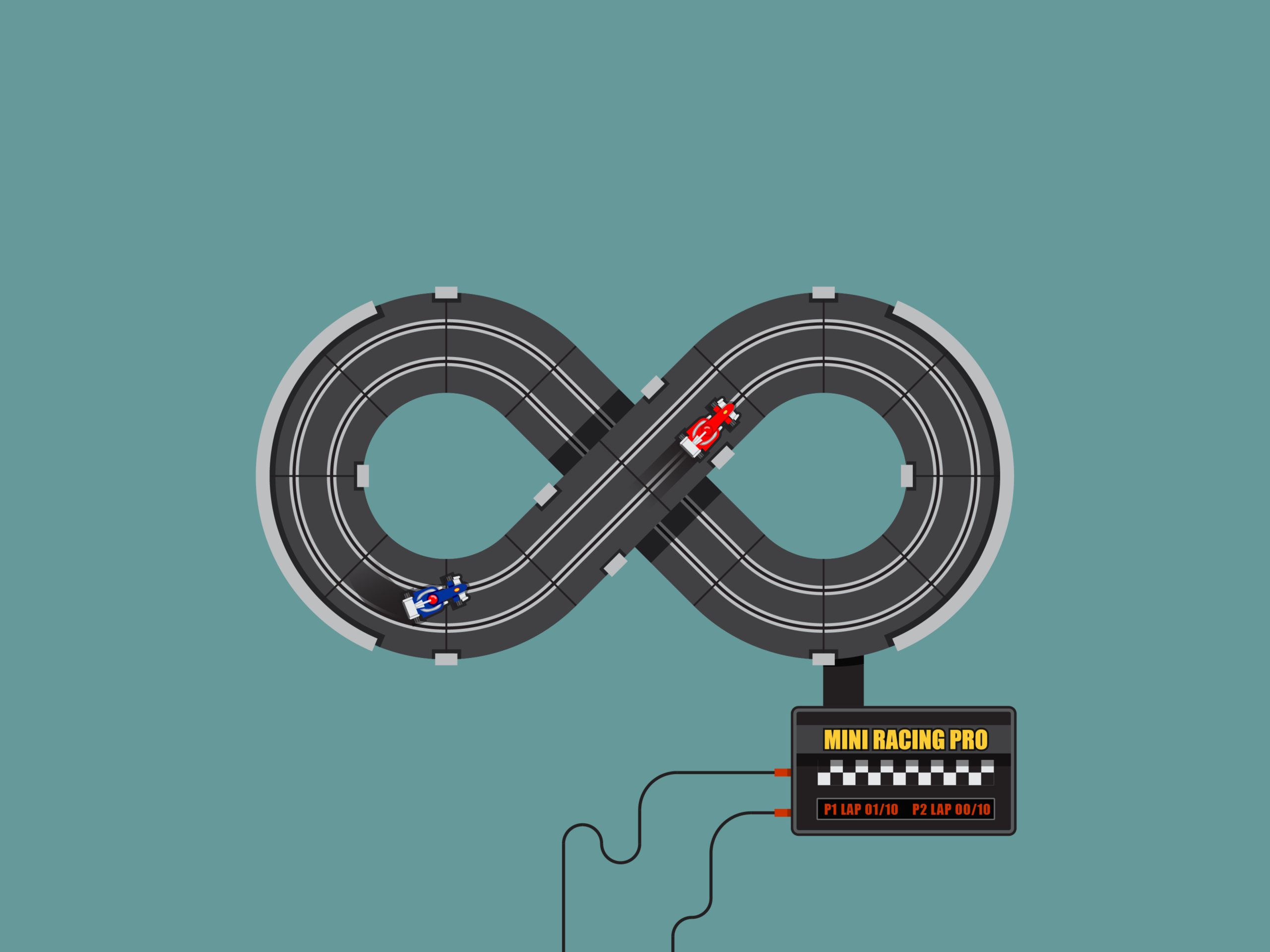

The world of slot car racing has captivated enthusiasts for decades, with Scalextric being a household name in the genre. From the first rumble of the miniature engines to the thrill of the final lap, the experience of Scalextric brings together people of all ages. A common question among enthusiasts, particularly those who have amassed collections over years, is whether old and new Scalextric tracks can be integrated. This inquiry speaks to the heart of the hobby: a blend of nostalgia with the pulse of modern innovation. In this blog post, we’ll delve deep into the compatibility of old and new Scalextric track pieces, exploring the intricacies of track design, electrical connectivity, and the evolution of Scalextric’s engineering.
The Evolution of Scalextric Track Design
Scalextric has a storied history that dates back to the late 1950s. Over the years, the brand has undergone significant transformations, adapting to technological advances and changing consumer preferences. The track pieces, the very arteries through which the electric current flows to power the cars, have seen several redesigns. From the early rubberized tracks of the 1960s to the more robust and detailed plastic designs of later years, each generation of Scalextric track brings something new to the table. Understanding this evolution is key to answering whether these generations can coexist on the same circuit.
Initially, Scalextric tracks were rudimentary, focusing on basic functionality. As the brand progressed, the focus shifted towards improving the user experience, with tracks becoming easier to assemble and disassemble, and offering better electrical connectivity and durability. These improvements were not just cosmetic; they were fundamental changes that ensured better performance and longevity of the setup.
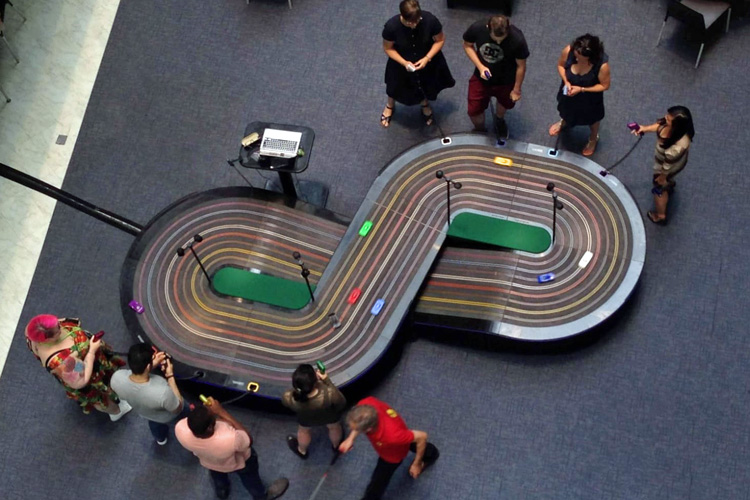

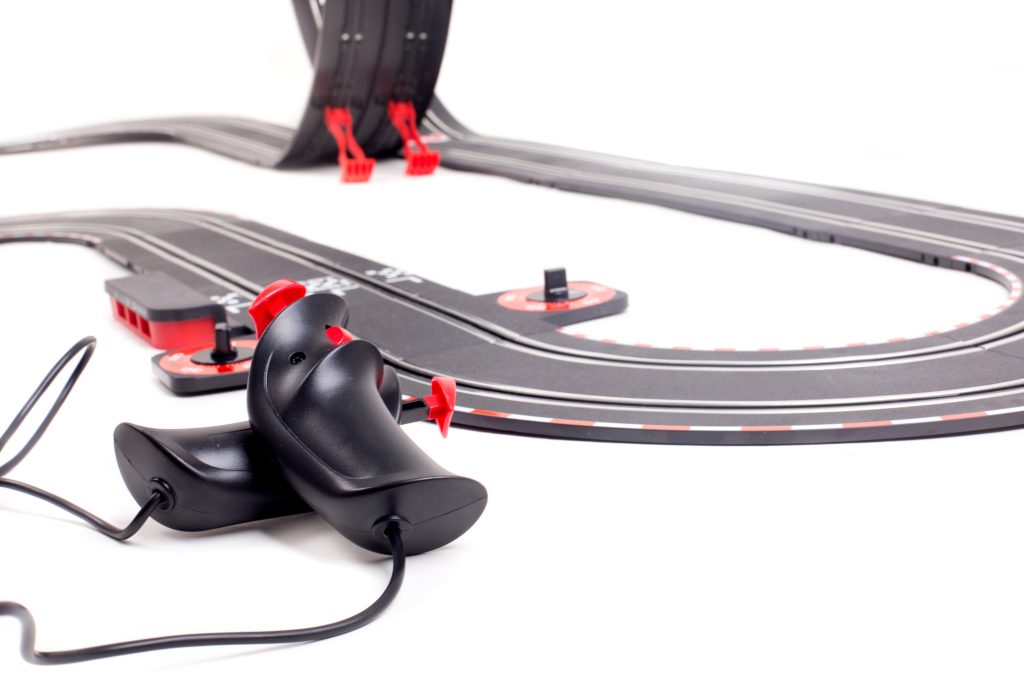

Compatibility Concerns
When considering mixing old and new Scalextric tracks, several factors come into play. The first and most obvious is the physical connection between the pieces. Scalextric has maintained a degree of consistency in the way track pieces join together, but there have been changes in the design and dimensions of these connectors over the years. For example, earlier tracks may have wider or narrower slots and connectors than their modern counterparts, leading to potential alignment issues.
Electrical connectivity is another critical factor. The mechanism by which the track pieces conduct electricity to the cars has been refined over the years. Older tracks might not provide as smooth an electrical connection as newer ones, potentially leading to performance issues when mixed. This can affect the speed and responsiveness of the cars, impacting the overall racing experience.
Furthermore, the material composition of the tracks has evolved. Early Scalextric tracks were made from a type of rubber compound, which offered a certain degree of flexibility but was prone to warping and wear. Modern tracks are typically made from high-quality plastics, designed for durability and improved electrical conductivity. Mixing these materials on the same circuit could lead to uneven wear and tear, as well as inconsistencies in the racing surface.
Bridging the Gap
Despite these challenges, it is possible to mix old and new Scalextric tracks, albeit with some caveats. The key to successful integration lies in understanding the specific characteristics of each piece and making informed decisions about how to combine them. For enthusiasts looking to merge historical pieces with the latest offerings, there are a few strategies to consider.
Firstly, it’s essential to inspect the condition of older track pieces. Warping, corrosion, or significant wear can affect performance and may not be worth integrating with new sections. However, well-maintained vintage tracks can often be incorporated into modern setups with minimal issues. It’s also worth noting that there are aftermarket solutions designed to bridge the gap between different generations of track. These adapters can resolve issues with physical connectivity and alignment, allowing for a seamless transition between old and new.
Electrical compatibility can be addressed through careful planning and testing. Ensuring that all track pieces are clean and the connections are secure can mitigate many of the electrical continuity issues. In some cases, enthusiasts may opt to upgrade the wiring or connectors on older tracks to match the improved standards of newer models.
Navigating Technical Hurdles
One of the most rewarding aspects of integrating old and new Scalextric tracks is overcoming the technical hurdles. This process often requires a mix of creativity, technical know-how, and a deep appreciation for the mechanics of slot car racing. For instance, when dealing with alignment issues between different generations of tracks, enthusiasts might turn to custom-fabricated pieces. These pieces can serve as adapters or fillers, ensuring a smooth transition from one section of the track to another.
Moreover, the variance in electrical conductivity between old and new tracks can sometimes be turned to an advantage. Savvy racers might use older sections as ‘slow zones’ to introduce additional strategic elements to their races. This requires a nuanced understanding of how different track materials and designs influence car speed and handling, adding a layer of depth to the racing experience.
Embracing Community and Innovation
The Scalextric community plays a pivotal role in supporting enthusiasts who wish to mix old and new tracks. Online forums, social media groups, and clubs are treasure troves of information, offering advice, DIY solutions, and encouragement. Here, veterans of the hobby share their insights, while newcomers can find guidance and inspiration. This community-driven knowledge exchange is vital in solving compatibility issues and fostering innovation within the hobby.
Innovation, both from Scalextric and the community, has also made it easier to bridge the gap between different generations of tracks. Scalextric has released various accessories and kits over the years designed to enhance compatibility and user experience. These include digital conversion kits, which allow older analogue tracks to be used with modern digital systems, providing a way to enjoy the best of both worlds. Similarly, third-party manufacturers and hobbyists have developed unique solutions, such as track adapters and custom wiring kits, further easing the integration process.
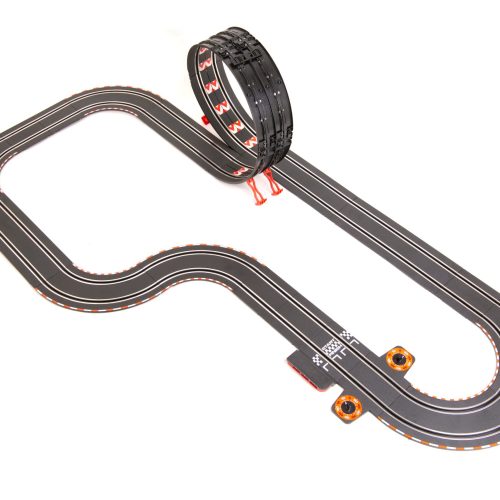

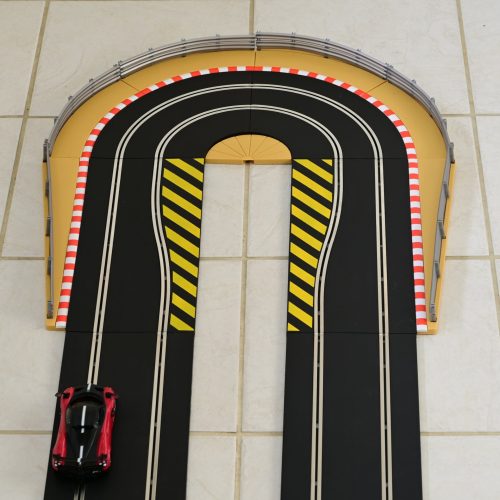

The Joy of Customisation
Customisation is at the heart of slot car racing. The ability to mix old and new Scalextric tracks opens up a world of customisation options, allowing enthusiasts to create unique racing experiences. This can range from recreating historic races with period-accurate tracks and cars to designing challenging circuits that test both driver skill and engineering ingenuity.
The customisation process also extends to the cars themselves. Many racers enjoy modifying and tuning their vehicles to perform better on their hybrid tracks. This can involve adjusting the weight distribution, changing tires, or upgrading motors. When combined with a customised track, these modifications can significantly enhance the racing experience, making each race more thrilling and competitive.
Preserving History While Looking Forward
Ultimately, the ability to mix old and new Scalextric tracks is about more than just overcoming technical challenges; it’s about preserving the history of the hobby while embracing its future. Each track piece, whether it’s a decades-old classic or a brand-new release, tells a part of the Scalextric story. By integrating these pieces into a single circuit, enthusiasts are not just building a track; they’re weaving together the rich tapestry of slot car racing history.
This blending of generations also offers a unique way to introduce new enthusiasts to the hobby. It provides a tangible link between the past and present, showcasing the evolution of technology and design. For many, it’s a compelling reminder of the enduring appeal of Scalextric and the joy of slot car racing.
The Spirit of Innovation
The ability to mix tracks from different eras is a testament to the innovative spirit that characterises the Scalextric community. This spirit is not just about overcoming the mechanical and electrical challenges of integrating diverse pieces; it’s also about the imaginative ways racers use these combinations to enhance their experience. From crafting intricate landscapes that span the history of motorsport to developing races that require strategic prowess as much as they do speed, the possibilities are endless.
This innovation extends beyond the tracks to the digital realm. The introduction of digital racing systems has revolutionised the hobby, allowing multiple cars to race on the same lane and enabling features like lane changing and race management software. As technology advances, so too does the potential for integrating old and new tracks in ways previously unimaginable. Enthusiasts are already experimenting with incorporating digital elements into analog setups, blending the tactile satisfaction of physical tracks with the interactive possibilities offered by digital technology.
Fostering a Global Community
The global Scalextric community is a vibrant and welcoming space, united by a shared passion for slot car racing. The practice of mixing old and new tracks serves as a bridge between generations of racers, fostering a sense of continuity and shared heritage. Through forums, social media, and clubs, enthusiasts from around the world exchange tips, share their creations, and offer support to one another. This global network not only helps racers navigate the technical aspects of their hobby but also enriches the experience by celebrating the diversity and creativity of its members.
As new enthusiasts join the community, they bring fresh perspectives and ideas, further enriching the hobby. The tradition of mixing tracks, therefore, is not just about preserving the past; it’s about ensuring the future of Scalextric racing remains dynamic and inclusive.
Looking to the Future
The future of Scalextric and slot car racing looks bright, with ongoing advancements in technology and design promising to enhance the racing experience further. As Scalextric continues to innovate, the question of compatibility and the desire to mix old and new tracks will remain relevant. Enthusiasts can look forward to new challenges and opportunities for creativity, whether through the introduction of new materials, connectivity options, or digital features.
Moreover, the environmental aspect of the hobby is gaining attention, with a growing focus on sustainability. This may influence the production of tracks and cars, leading to the use of eco-friendly materials and designs that are both forward-looking and respectful of the hobby’s heritage.
Conclusion
The practice of mixing old and new Scalextric tracks embodies the essence of slot car racing: a blend of history, technology, community, and creativity. It’s a reflection of the hobby’s ability to adapt and thrive, offering endless possibilities for enjoyment and innovation. For enthusiasts, the challenge of integrating different generations of tracks is not just a technical task but a labour of love, connecting the dots between the past, present, and future of Scalextric racing. As the community continues to grow and evolve, so too will the ways in which we celebrate this enduring and beloved pastime.
Book with Viva Vegas Today!
So should you be interested in booking any of our games hire services, just get in touch with the Viva Vegas team today! We can always be on hand to assist and answer any questions that you may have.



